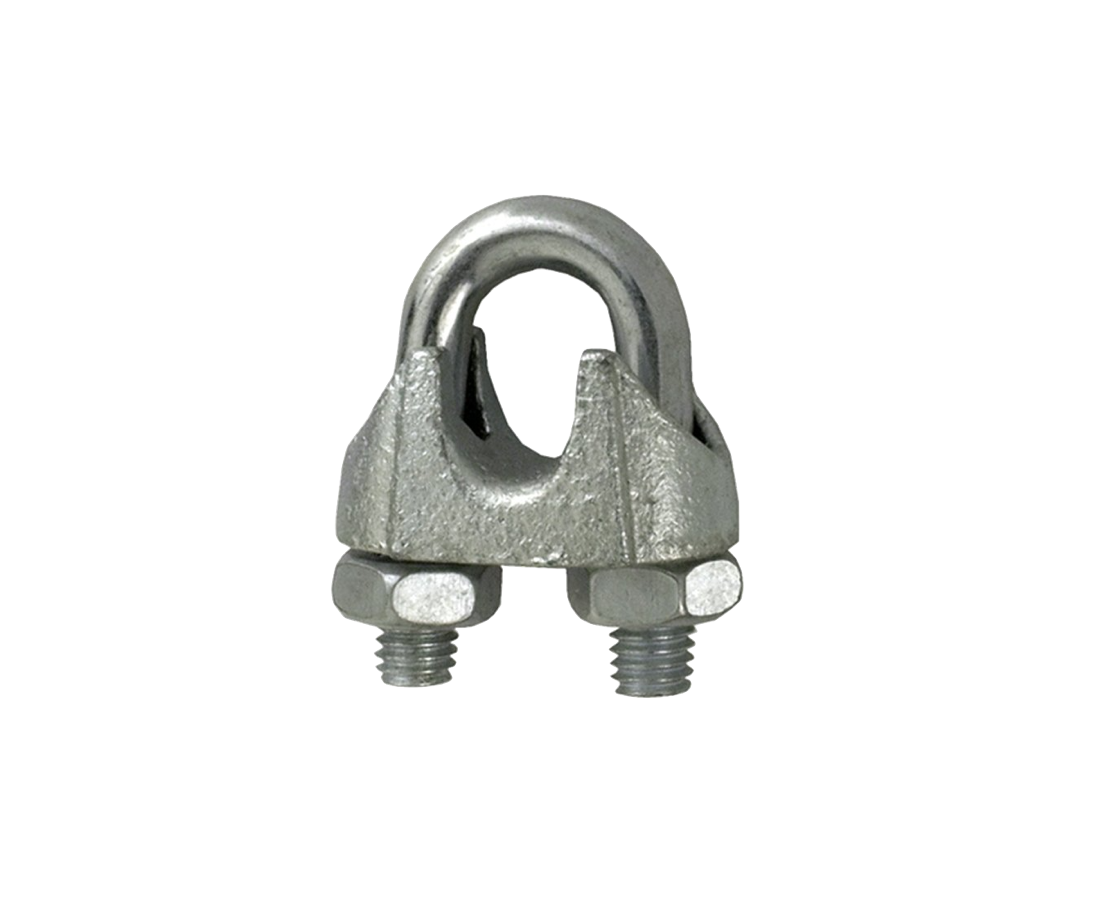News
Des . 03, 2024 11:36 Back to list
rigging wire rope service
Understanding Rigging Wire Rope Service Essential Insights for Safety and Efficiency
In various industries, particularly those that involve heavy lifting and transportation, rigging wire ropes play a critical role in ensuring safety and efficiency. These ropes are pivotal in lifting, towing, and securing heavy loads, making understanding their specifications, maintenance, and servicing vital for any operation involving rigging.
What is Rigging Wire Rope?
Rigging wire ropes are made from numerous strands of steel wire twisted together to form a robust, flexible cable capable of bearing significant weights. Commonly used in industries such as construction, shipbuilding, and manufacturing, these ropes vary in design based on their intended application, load capacity, and the specific conditions they may encounter.
There are different types of wire ropes, including those designed for lifting, towing, and some that are specialized for particular environments, such as those that resist corrosion or extreme temperatures. Understanding the differences is essential in selecting the right type for a specific application.
Importance of Quality and Specifications
One of the most critical factors in rigging wire rope service is ensuring that the ropes used meet specific quality standards and specifications. Factors such as strength, flexibility, and wear resistance must be taken into account. The wire rope’s grade, construction, and coating also affect its performance and longevity.
When purchasing wire rope, it is essential to consider the manufacturer's certifications and standards. Look for ropes that comply with national and international safety regulations, which ensure they can withstand the demands of heavy lifting and intense working conditions.
Maintenance and Inspection
Regular maintenance and inspection of rigging wire ropes are imperative for safety. The first line of defense against accidents is a well-maintained wire rope. Operators should conduct frequent inspections for signs of wear and damage, such as fraying, kinks, or rust.
rigging wire rope service

A detailed inspection routine should include checking for
1. Visible Damage Look for any signs of wear, such as broken wires, distortion, or excessive stretching. 2. Corrosion Inspect for rust or corrosion that could weaken the rope's integrity. 3. Proper Lubrication Ensure the rope is adequately lubricated to reduce friction and wear.
If any issues are detected, the wire rope should be taken out of service immediately, and repairs or replacements should be made as necessary.
Safe Operation Practices
While selecting and maintaining rigging wire ropes is crucial, ensuring safe operational practices is just as important. Operators should undergo proper training regarding lifting techniques, load limits, and emergency procedures.
- Load Limits Users must be aware of the wire rope's rated capacity and adhere to it strictly. Overloading can lead to catastrophic failures. - Proper Rigging Techniques The load should always be secured properly to avoid slippage or accidents during lifting. Using appropriate rigging hardware, like hooks, shackles, and slings, is essential to enhance safety.
Professional Servicing and Training
For businesses that rely heavily on rigging wire ropes, investing in professional servicing is essential. Trained professionals can conduct thorough inspections, provide necessary maintenance, and suggest replacements when needed. Moreover, conducting regular training sessions for operators ensures that everyone involved understands the risks and safety measures associated with using wire ropes.
In conclusion, rigging wire rope service is a multi-faceted discipline that requires a balanced understanding of quality, maintenance, and safe operating practices. By prioritizing the selection of quality materials, conducting regular inspections, and adhering to safety protocols, operators can ensure not only the longevity of their equipment but also the safety of their workforce and the efficiency of their operations. These practices are not just standard procedures; they are essential components of a responsible and successful rigging operation.
